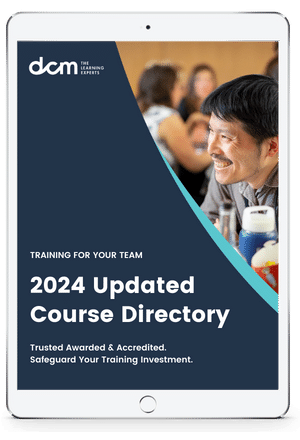The Kano Model

The Kano model is a theory for product development and customer satisfaction developed in the 1980s by Professor Noriaki Kano, which classifies customer preferences into five categories.
These categories have been translated into English using various names (delighters/exciters, satisfiers, dissatisfiers, etc.), but all refer to the original articles written by Kano.
Must-be Quality
Simply stated, these are the requirements that the customers expect and are taken for granted. When done well, customers are just neutral, but when done poorly, customers are very dissatisfied. Kano originally called these “Must-be’s” because they are the requirements that must be included and are the price of entry into a market.
Examples: In a hotel, providing a cleanroom is a basic necessity. In a call centre, greeting customers is a basic necessity.
One-dimensional Quality
These attributes result in satisfaction when fulfilled and dissatisfaction when not fulfilled. These are attributes that are spoken and the ones in which companies compete. An example of this would be a milk package that is said to have ten per cent more milk for the same price will result in customer satisfaction, but if it only contains six per cent then the customer will feel misled and it will lead to dissatisfaction.
Examples: Time taken to resolve a customer's issue in a call centre. Waiting service at a hotel.
Attractive Quality
These attributes provide satisfaction when achieved fully, but do not cause dissatisfaction when not fulfilled. These are attributes that are not normally expected, for example, a thermometer on a package of milk showing the temperature of the milk. Since these types of attributes of quality unexpectedly delight customers, they are often unspoken.
Examples: In a call centre, providing special offers and compensations to customers or the proactive escalation and instant resolution of their issue is an attractive feature. In a hotel, providing free food is an attractive feature.
Indifferent Quality
These attributes refer to aspects that are neither good nor bad, and they do not result in either customer satisfaction or customer dissatisfaction. For example, the thickness of the wax coating on a milk carton. This might be key to the design and manufacturing of the carton, but consumers are not even aware of the distinction. It is interesting to identify these attributes in the product in order to suppress them and therefore diminish production costs.
Examples: In a call centre, highly polite speaking and very prompt responses might not be necessary to satisfy customers and might not be appreciated by them. The same applies to hotels.
Reverse Quality
These attributes refer to a high degree of achievement resulting in dissatisfaction and to the fact that not all customers are alike. For example, some customers prefer high-tech products, while others prefer the basic model of a product and will be dissatisfied if a product has too many extra features
Examples: In a call centre, using a lot of jargon, using excessive pleasantries, or using excessive scripts while talking to customers might be off-putting for them. In a hotel, producing elaborate photographs of the facilities that set high expectations which are then not satisfied upon visiting can dissatisfy the customers.
Not only does the Kano model feature performance attributes, but additionally incorporates an "excitement" attribute, as well. Excitement attributes are for the most part unforeseen by the client but may yield paramount satisfaction.
Having excitement attributes can only help you, but in some scenarios, it is okay to not have them included. The beauty behind an excitement attribute is to spur a potential consumer's imagination, these attributes are used to help the customer discover needs that they've never thought about before.
The key behind the Kano model is for the engineer to discover this "unknown need" and enlighten the consumer, to sort of engage that "awe effect." Having concurrent excitement attributes within a product can provide a significant competitive advantage over a rival.
In a diverse product assortment, the excitement attributes act as the WOW factors and trigger impulsive wants and needs in the mind of the customer. The more the customer thinks about these amazing new ideas, the more they want it. Out of all the attributes introduced in the Kano model, the exciting ones are the most powerful and have the potential to lead to the highest gross profit margins. Innovation is undisputedly the catalyst in delivering these attributes to customers; you need to be able to distinguish what is an excitement today because tomorrow it becomes a known feature and the day after it is used throughout the whole world.
Course Overview
Our Lean Six Sigma Green Belt course offers comprehensive training in DMAIC (Define, Measure, Analyze, Improve, Control) and Lean principles, empowering you to streamline processes, reduce waste, and boost efficiency. Led by experts, the course includes practical sessions on statistical tools, quality management techniques, and real-world projects, preparing you to drive significant improvements across various organisational environments. Join us to and take your career to the next level.
Membership, Stay Connected. Stay Relevant.
Completing a program is a point-in-time exercise that delivers huge value, but there is a next step to maintaining the currency of your skills in the ever-evolving professional world.
Membership is the next step.
A unique platform, membership is designed to ensure that you are in tune and up-to-date with the latest tools, trends and developments. Being a member provides just-in-time training and continuous professional development, and an exclusive and evolving content library informed by subject matter experts and industry leaders.










